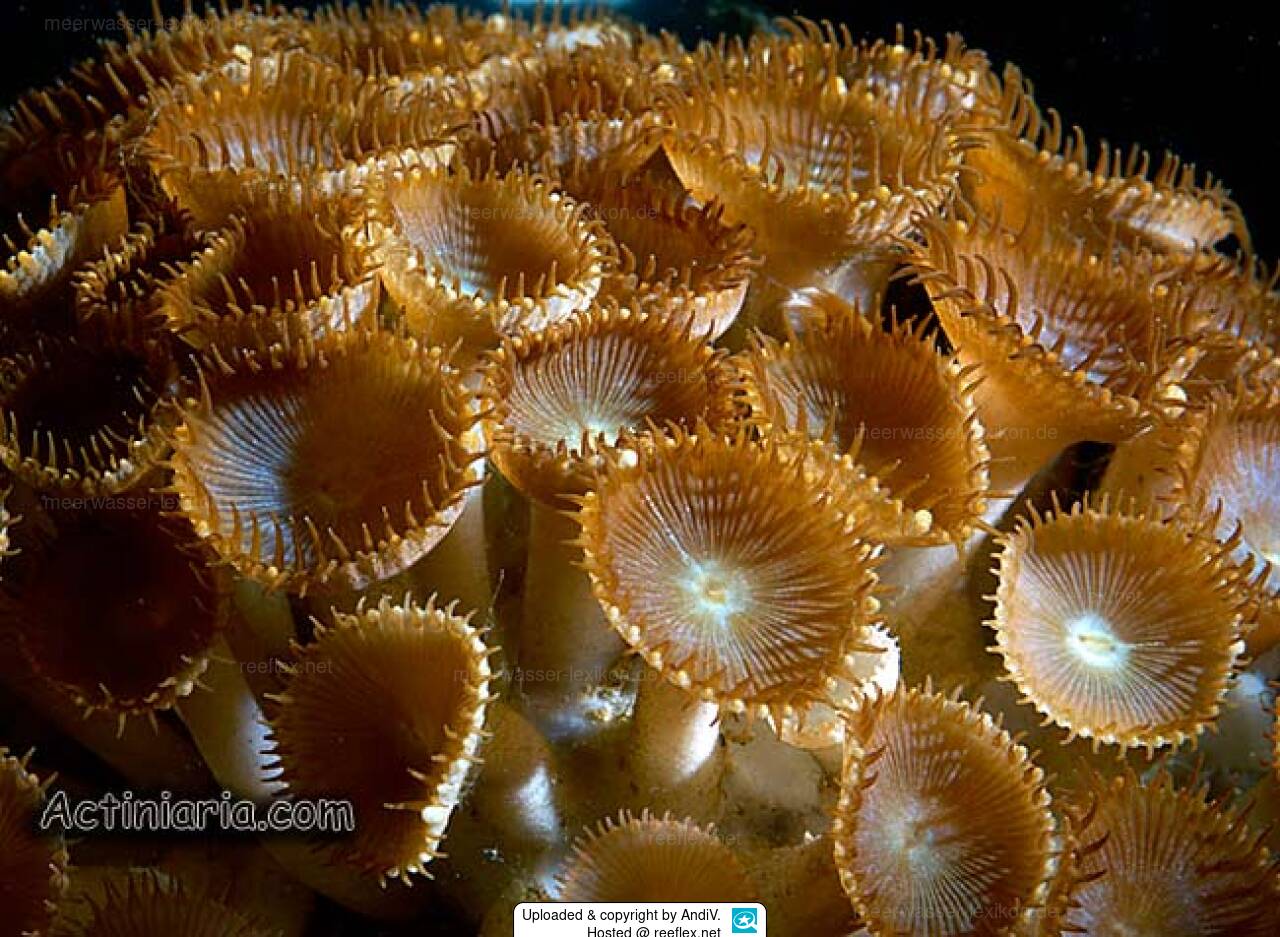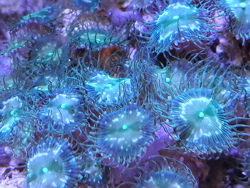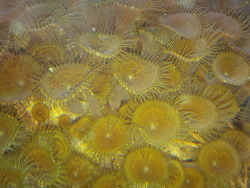Info
Protopalythoa oder Palythoa is a genus in the Zoanthidae family.
Some Protopalythoa species can be highly toxic under certain circumstances, note to the Introduction section. Therefore, one should always be careful in dealing with Protopalythoa zoanthids (zoas).
There are several scientific publications that describe only very small genetic differences between Protopalythoa and Palythoa, so a coming revision will bring clarity on whether both genera are valid.
Biota > Animalia (Kingdom) > Cnidaria (Phylum) > Anthozoa (Class) > Hexacorallia (Subclass) > Hexcorallia (Order) > Brachycnemina (Suborder) > Sphenopidae (Family) > Palythoa (Genus)







 AndiV
AndiV
























